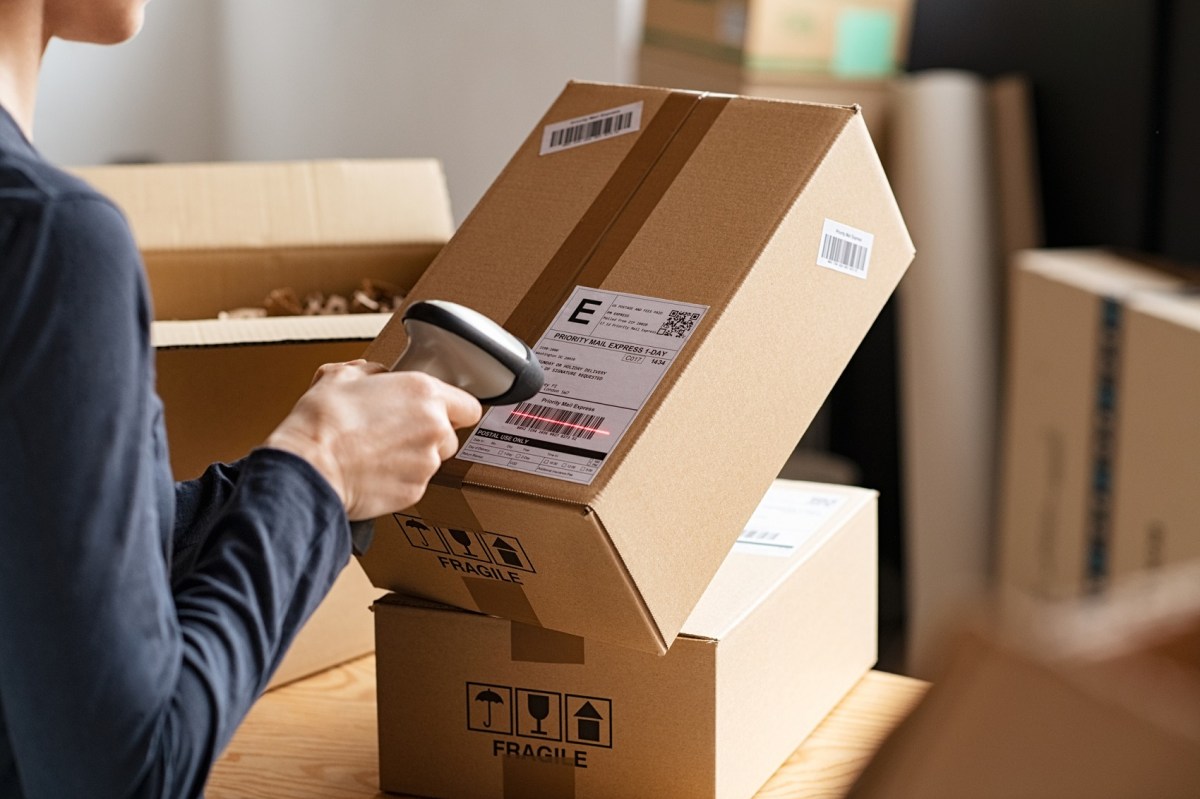The last three years will be remembered as the period in which eCommerce truly exploded in Australia. It was also the period that, unfortunately, many retailers realised their supply chains were simply not ready for contemporary shoppers and our digital-first future. Whether it was supermarkets temporarily shutting down online ordering due to inventory shortages or eCommerce businesses having to navigate severe shipping delays, the retail industry had to contend with supply chain strain when it needed the exact opposite to survive.
eCommerce peaked during the pandemic and lockdowns, but even though highstreets and bricks-and-mortar shopping are reinvigorated once again, online shopping is here to stay. In 2023, an optimised supply chain must be a top priority for retailers big and small across Australia. Effective and transparent last-mile delivery is the battleground on which retailers can build a competitive advantage in 2023.
What does an optimised supply chain look like in 2023?
Retailers must focus on building agility, flexibility and resilience into their supply chains. That means utilising a distributed, rather than concentrated, pool of suppliers and an agnostic approach to partners and couriers. Adaptability enables retailers to overcome hurdles and continue to provide transparent and effective customer service, irrespective of external challenges and unforeseen circumstances.
Speed is similarly important for peak supply chain performance. Australians can order their favourite food online and receive it within the hour. Many now expect – and demand – the same speed and convenience from retailers as they do restaurateurs. To meet consumer’s increasing demand for quick and reliable delivery, retailers must reevaluate the traditional warehouse model and utilise local inventory to support various fulfilment options, from home delivery to click & collect.
To build agility, reliability and speed into their supply chains in 2023 and beyond, retailers must focus on omnichannel fulfilment,pPredictive planning and demand forecasting, and convenient delivery options.
Omnichannel fulfilment
Traditionally, online fulfilment generally took place in large, centralised facilities in which orders were picked, packaged and collected by couriers for delivery across Australia. However, delivery bottlenecks caused by an increase in online shopping and labour shortages demonstrated the value of a variety of fulfilment options.
Many retailers have turned their store networks into smaller fulfilment hubs and even opened so-called ‘dark stores’ in metro areas to facilitate faster deliveries in popular areas. Meanwhile, shoppers are increasingly demanding click and collect options from stores, so they can pick-up their orders at their convenience rather than waiting for them to be delivered to their doorstep.
While a distributed fulfilment model brings with it many benefits for retailers and consumers alike, to be successful it requires inventory accuracy and a sound, real-time understanding of what stock should be held where. Otherwise, retailers will be unable to provide the same-day shipping or speedy click and collect options that consumers demand today. To maximise the potential and minimise the challenges associated with this, predictive planning and demand forecasting are essential.
Predictive planning and demand forecasting
Never before has retail been more data-driven or data-reliant than it is today. Advanced inventory analytics were once a ‘nice to have’ but are now essential, enabling retailers to allocate and monitor stock across stores and fulfilment centres. Traditionally, retailers might have just analysed online and offline sales from prior years to determine what inventory to hold where, but now they need to take into account real-time and external data, such as time of year or weather events, which could impact demand for certain products in particular locations.
Predictive planning and demand forecasting don’t have to be costly or daunting processes. Through platforms like Shippit, retailers can tap real-time data about, for example, transit times and delays across every major route in Australia and dozens of major carriers. Access to this level of insight allows retailers to plan accordingly and communicate with their customers and suppliers effectively.
Flexible, on-demand delivery
One of the most game-changing supply chain trends to emerge in recent years is partnerships between retailers and ridesharing platforms like Uber. In Australia, for example, Cue Clothing – who combine beautiful fashion with innovative retail strategies – can offer same-day delivery to customers through Uber. They’re becoming as accessible and convenient to deal with as a local restaurant is through UberEats, and many retailers will follow suit.
Delivery is the next frontier of retail, and in 2023, we anticipate consumer demand for convenient, transparent and flexible delivery options will reach record highs. The retailers who can master last mile delivery can meet and exceed this demand, and use it as the foundation on which to drive customer acquisition, retention and loyalty.
Rob Hango-Zada is co-founder and co-CEO of Shippit.

